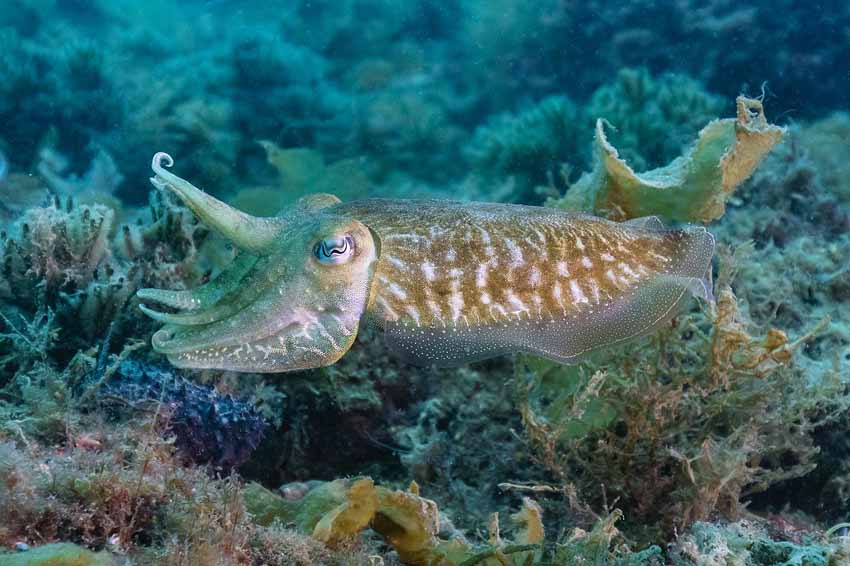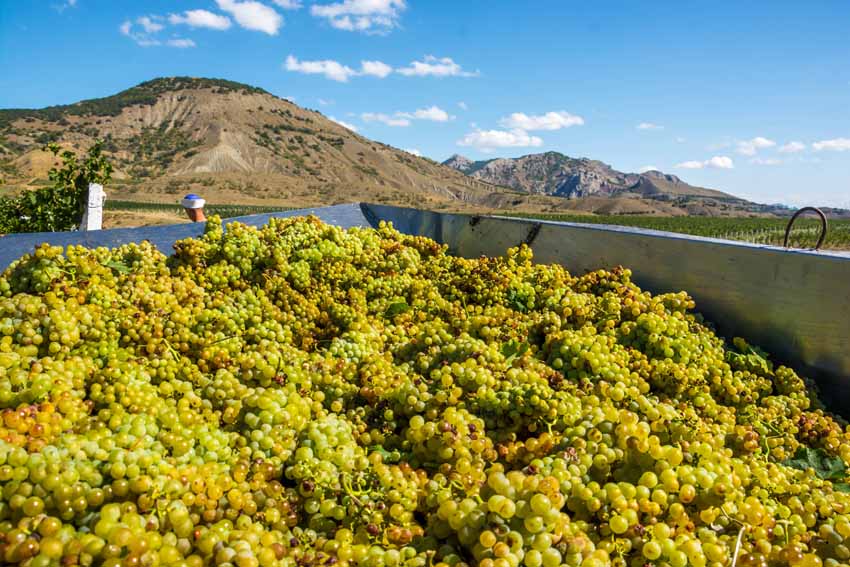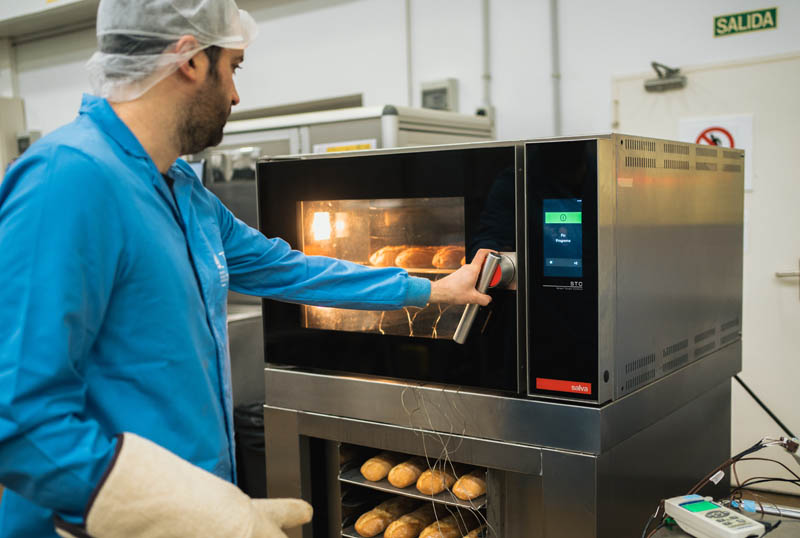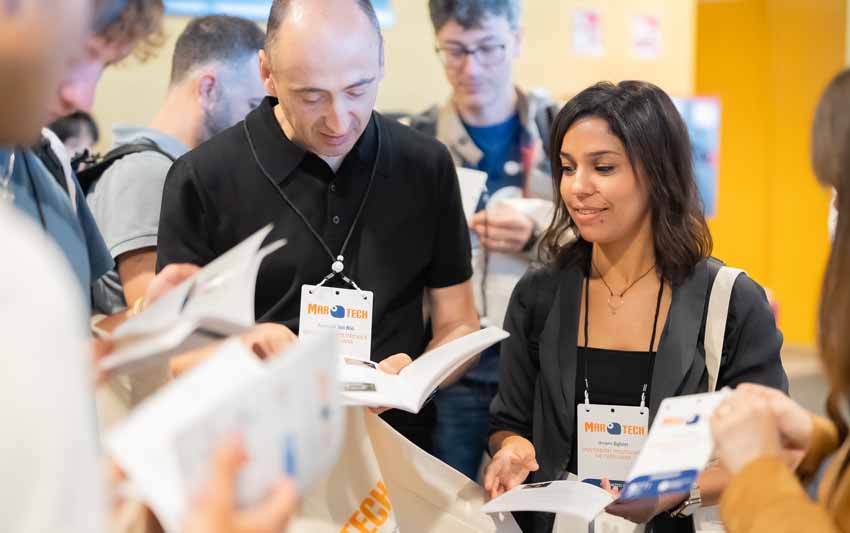The future of fisheries. The fisheries of the future.
Últimas noticias
An LGTBIQ+ perspective on the animal kingdom
Una mirada LGTBIQ+ al reino animal
Circular Economy in Action: Valorisation of By-products through Projects like PRIMA NEWFEED
MARINA SANTURTÚN Sustainable Fisheries and Oceans Market Manager and AINHOA CABALLERO Marine Technologies researcher
To understand the future of fisheries and what the fisheries of the future will be like, we must think about the global changes the planet is facing. The effect of carbon in our atmosphere, due to the burning of fossil fuels, is changing the ocean. This change is already affecting fisheries and the people who depend on them. The excess carbon warms the ocean, changing the ocean’s primary productivity and its chemistry. The changes are leading to alterations in the distribution and composition of species.
In general, and at a global level, the stocks of species that we commercially exploit, such as anchovy, mackerel and tuna, will move away towards the poles and migrate towards deeper and colder waters. This change will take a time and resource costs for the current fleets, as they will need to search for and adapt to the new locations of the stock. Species mobility will result in interactions between species that did not exist before, and even the introduction of invasive species. Increased atmospheric energy will generate storms, sea level rise and more frequent extreme events that will affect the location and shelter of existing ports. The productivity of the oceans will change. In addition, the excess atmospheric CO2 dissolved in the ocean will make it more acidic. This acidification will make it more difficult for calcifying organisms (such as corals and crustaceans, bivalves) to develop their calcium carbonate shells or skeletons.
The fisheries of the future will be fully affected by this global change. In order to ensure their sustainability, the fisheries of the future will have to be built on new approaches, replacing the practices of the past. These approaches will have to be developed and new instruments will have to be adopted. It is necessary to set new expectations, targets and standards that are relevant to this future world. Fisheries will have to follow processes of adaptation and, most likely, diversification. To do this, fisheries science will need to be able to predict new locations of commercial stocks, new species inter-relationships and identify new resources to exploit, diversifying the activity of fleets and their markets.
Predictive methodologies for species distribution based on mapping their preferred thermal niches are already available. Moreover, much of this predictive capacity is already operational. The tuna sector has been one of the first to incorporate predictive recommendations and the necessary tools to use them intuitively, operationally and online. Thus, the need to travel efficiently to the fishing areas is a reality through the use of digitised technologies and tools that are fully adapted to the fishing sector (e.g. Marine View).
Diversification towards new resources will be another need for our fleets. New fishery resources are already being researched, such as mesopelagic fish, which inhabit depths beyond 400 m with high abundances (> 2000 million tonnes (Tremblay-Boyer et al. 2011) and which could be a new source of marine protein. Projects such as SUMMER and MEESO (European Union, Horizon 2020), led by AZTI in a European consortium, seek to evaluate the biomass of mesopelagic species and, basically, to answer the question of whether or not it is advisable to begin to exploit them.
For fisheries science, the challenge of managing these new resources is to include new aspects in the approach to management. Thus, we no longer only ask ourselves how much can be fished, but also what is the regulatory role of these species in the transport of carbon in the ocean, what is their role in providing food for other species (commercial or not) or what is their role in providing cultural services (i.e. recreational fisheries). Another new point in the new fisheries management is to identify the level of exploitation required to ensure the value of the legacy, i.e. the value of preserving the resource that we leave to future generations.
Despite changes in the marine environment, it is estimated that the total amount of fish caught in commercial fisheries will remain at similar levels to today. There is little scope for increasing global catches and the scenario is one of a continued increase in the price of raw materials, with increasing access to resources being a factor of competitiveness.
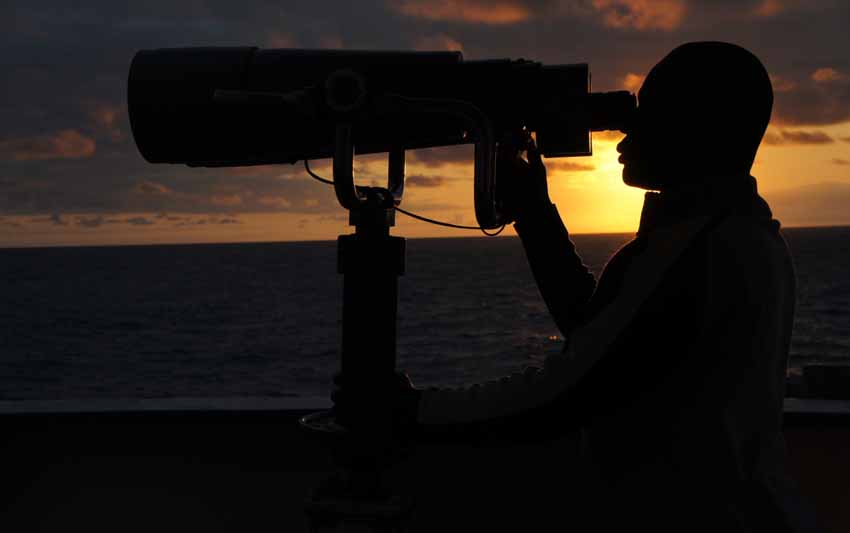
How can we guarantee socially, economically and ecologically sustainable fisheries in the future?
First step is the integration of new technologies that enable the digititalisation of the fisheries sector. Digitalisation facilitates higher competitiveness and sustainability of the sector by providing tools for resilience to uncertain situations (legislative changes or unexpected events). New technologies also help to mitigate the effects of climate change through the use of tools that reduce fuel consumption and carbon footprint, making fleets more efficient in the search for new fishing grounds. The European SusTunTech project led by AZTI, is based on digitalisation and artificial intelligence to improve the ecological and economic sustainability of fisheries. Predictive methodologies for species distribution based on mapping their environmental preferences and biological characteristics are already available. The integration of artificial intelligence technologies with digitised vessels allows for improved and accelerated processes. Likewise, process automation and connectivity of fishing vessels contribute to greater comfort and safety at work.
Moreover, present and future society demands other references. Society is increasingly aware of the need of products and services that come from sustainable systems and processes. Consumers are becoming more and more demanding and less loyal to brands. New technologies allow and ensure the complete traceability of the fishing chain. Transparency and information integrity are demanded by today’s society.
The fisheries of the future will be competitive, digitised, efficient in terms of consumption, productive (everything in the sea will be used), selective, product- and consumer-oriented and with a low impact on the ecosystem. Fishing is one of the food sources where there is scope for improvement in terms of sustainability. It is important that we continue to work for its sustainability in an uncertain future, contributing to the Sustainable Development Goals (SDGs) of the United Nations. Thus, fisheries and their management in the future should ensure health and well-being of people ( SDG 3) and stimulate economic growth (SDG 12); working in environments of climate change (SDG 13) and preserving goods and services (SDG 13&14).
